Before Vijayanagara: Prehistoric Landscapes and Politics in the Tungabhadra Basin
Before Vijayanagara : Prehistoric Landscapes and Politics in the Tungabhadra Basin is the first comprehensive survey of the archaeological evidence for Iron Age habitation and culture in the Tungabhadra River valley-a region which witnessed the rise and fall of Vijayanagara during the 14th-16th centuries. By meticulously documenting sites prehistoric activity over an area of some 80 square kilometers, Andrew Bauer demonstrates that Iron Age societies in this part of Peninsular India were not nomadic, as has sometimes been assumed, but were rooted to the land through a variety of productive locations, settlements, and memorials.
Among the more than 1000 features that the volume analyses are megalithic monuments, painted natural rock surfaces, masonry and earthen structures, as well as terraces, retention walls, and reservoirs. According to the author, the creation of material and symbolic landscapes in the Tungabhadra River basin played a crucial role in the development of the social inequalities that he views as characteristic of the prehistoric society and economy at this time. His theory for emergent inequalities, informed by anthropological and geographical approaches to space, contributes to a new evaluation of the Iron Age in Southern India. Bauer’s interpretation enhances an understanding of the context of the context in which complex states, such as Vijayanagara, emerged in later times.
Andrew Bauer's extensive field surveys are documented by topographic maps and satellite data, explanatory diagrams, analytical and statistical tables, and numerous photographs. His volume may be considered a definitive study of Iron Age culture in Central Karnataka.
Get it now and save 10%
BECOME A MEMBER

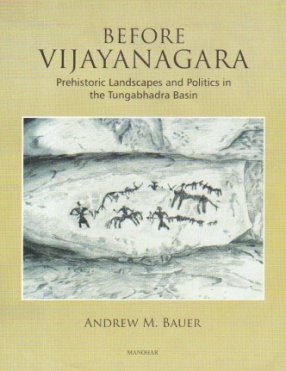
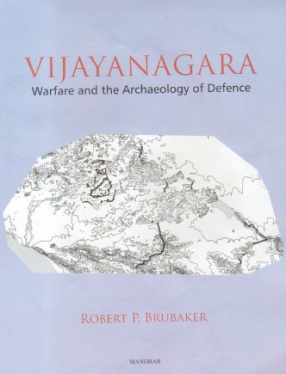
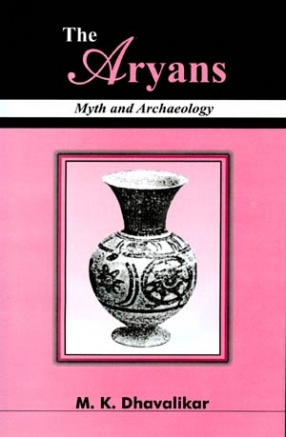
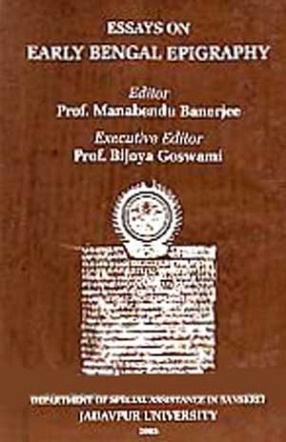
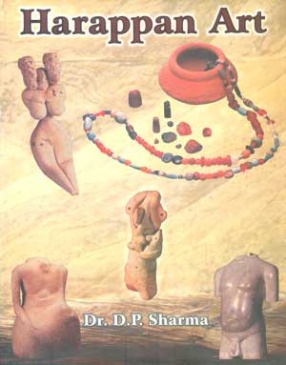


Bibliographic information